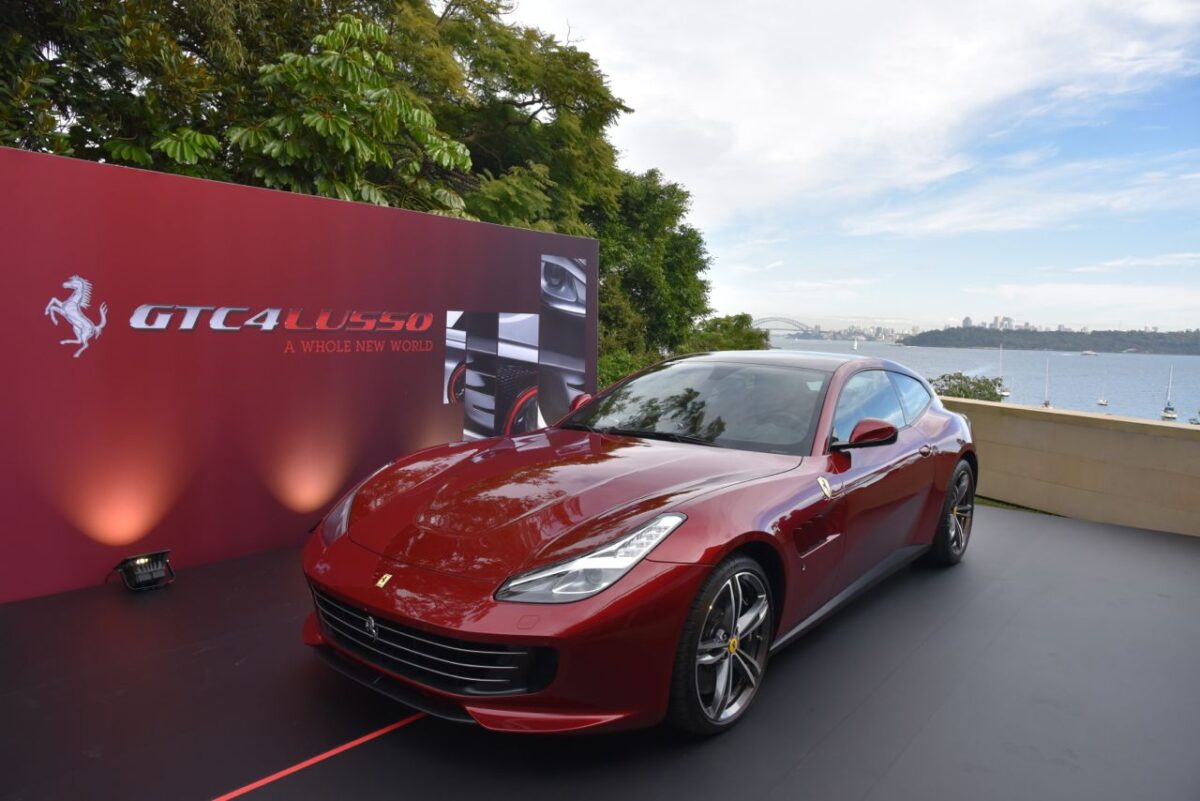Ferrari rarely skimp out when it comes to heralding in a brand new pony. This was certainly the case today when the GTC4Lusso was officially welcomed onto local shores – a move that sees Australia as the first country in the Southern Hemisphere to see the car since its unveiling at this year’s Geneva Motor Show.
Along for the launch was special guest and Ferrari’s Senior Vice President of Design, Flavio Manzoni, who spoke of the painstaking lengths the Maranello outfit went through to satisfy both the practical aspects and shooting brake performance concept of building the car.
As a four-seat, four-wheel-drive and four-wheel-steering car, the GTC4Lusso seems to have bitten a lot more than it can chew but as Manzoni explained, the team spent countless hours and design revisions to get the car’s proportions just right.
The GTC4Lusso is powered by one of the company’s biggest and meanest engines in a naturally aspirated 6.3-litre V12 which produces 507kW (680hp), which is up nearly 30hp on its FF predecessor.
Torque meanwhile sees an Earth-moving 697Nm sent to all four wheels with a new power transfer unit that can deliver 80% of the car’s torque at just 1,250rpm. The result of this? Lightning quick throttle response straight off the line aided by a 7-speed F1 dual clutch transmission.
At the top end drivers can expect to see 0-100km/h in 3.4s and a top speed of 335km/h. Again, half a second faster than the outgoing FF.
Besides the practicality of four seats and the unique shooting brake (sloping roof) design, that”s about all the car has in common with the FF. Manzoni says that the GTC4Lusso’s design was inspired by two classics in the Ferrari 330GTC and 250 GT Berlinetta Lusso.
The rear was especially difficult to design as he wanted to bring back the iconic floating double-ring LED tailights of the Ferraris from the 80s such as the 280 GTO without disrupting the modern car’s flowing lines. Retaining a low and powerful stance whilst implementing a bridge wing was also a major test of balancing aerodynamics and aesthetics for Manzoni’s crew.
Turn up the video below and listen to that gorgeous soundtrack.
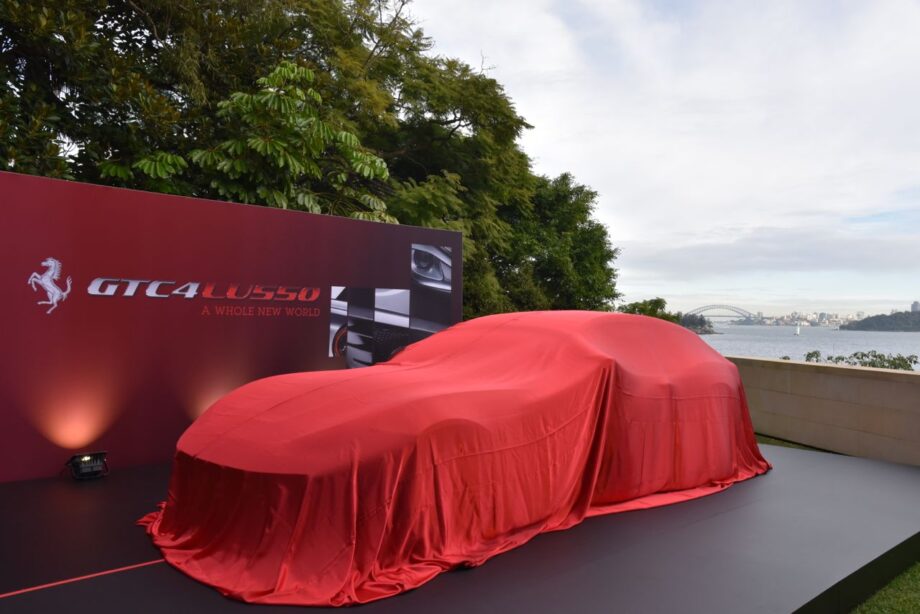 1/11
1/11
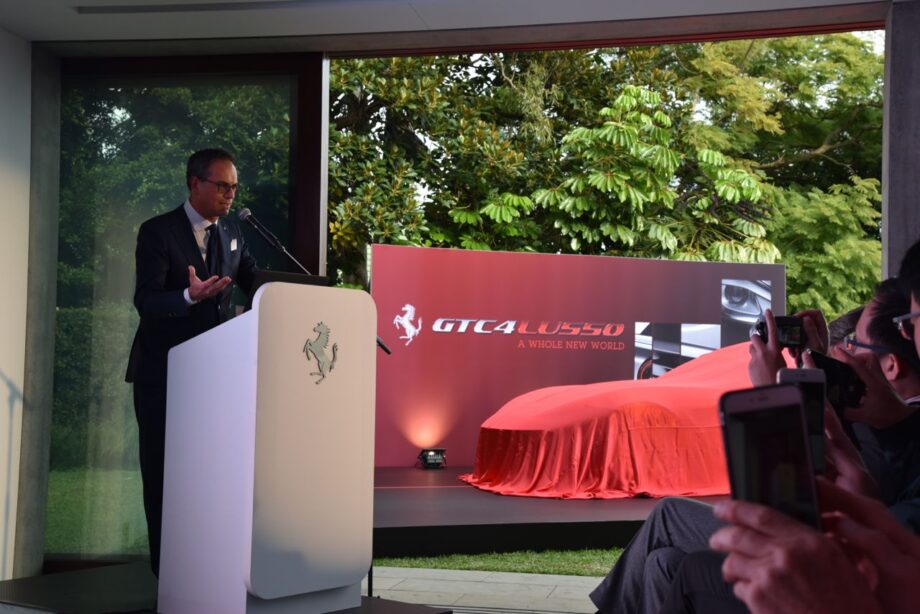 2/11
2/11
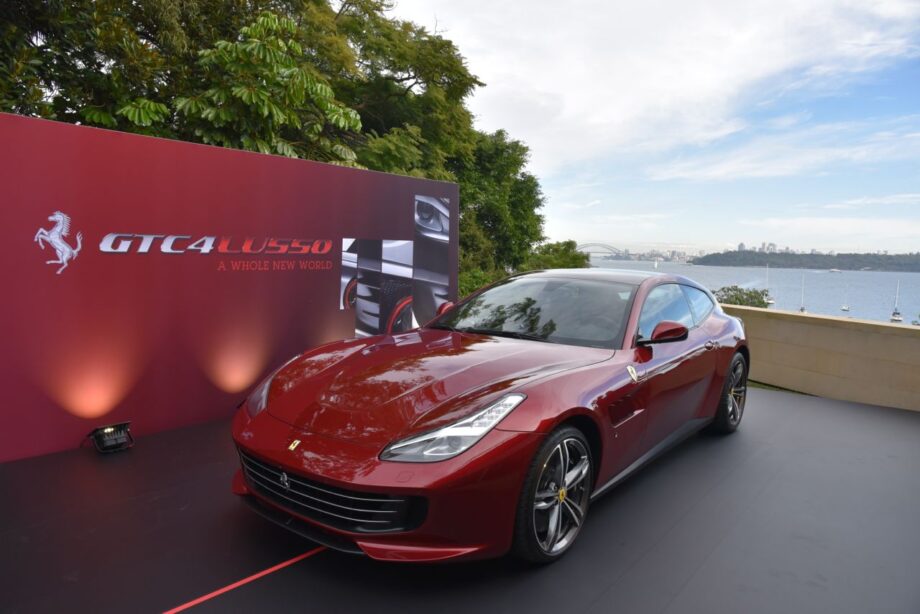 3/11
3/11
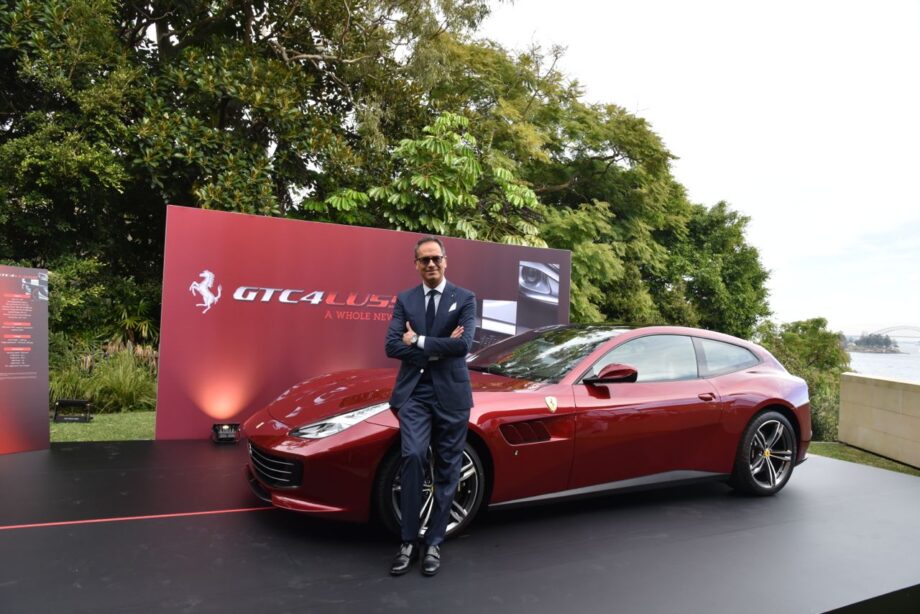 4/11
4/11
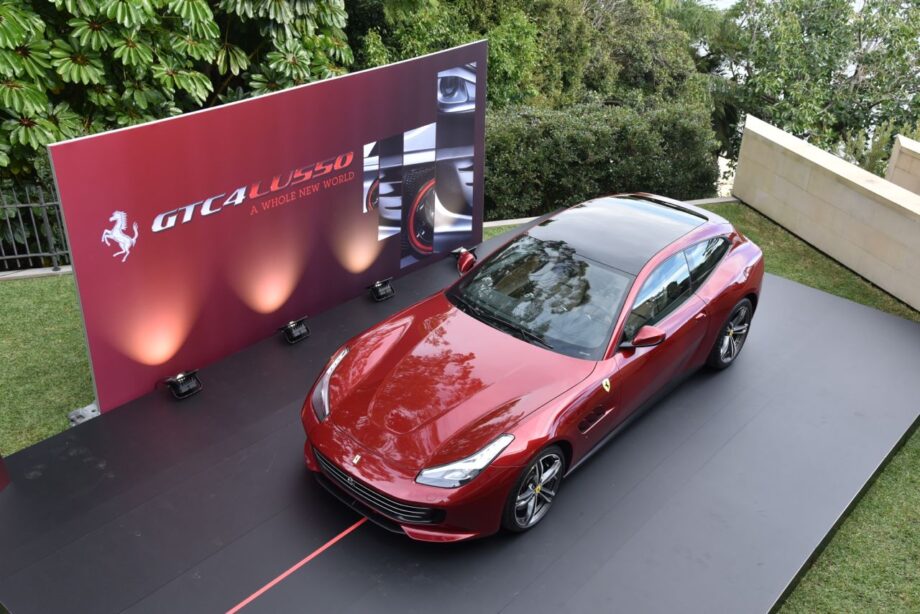 5/11
5/11
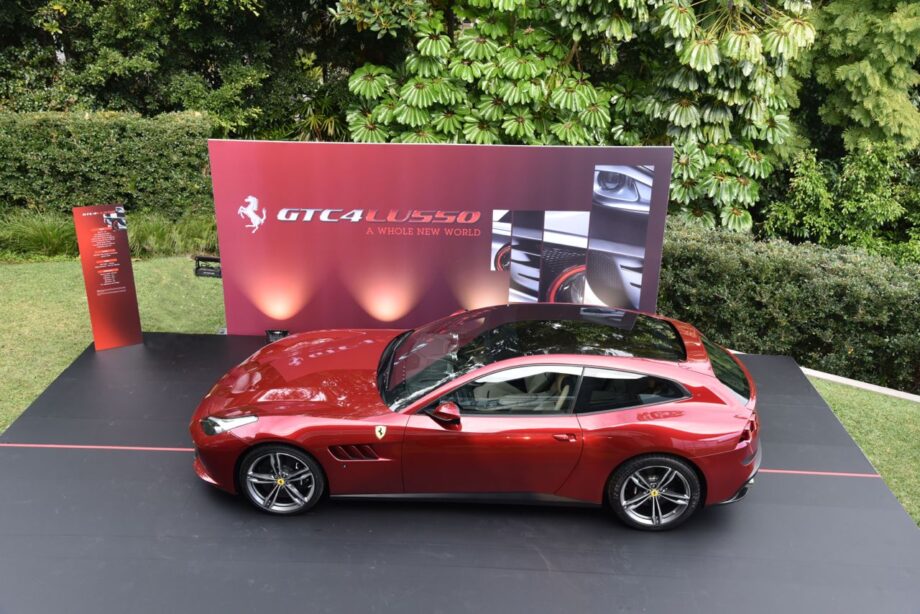 6/11
6/11
 7/11
7/11
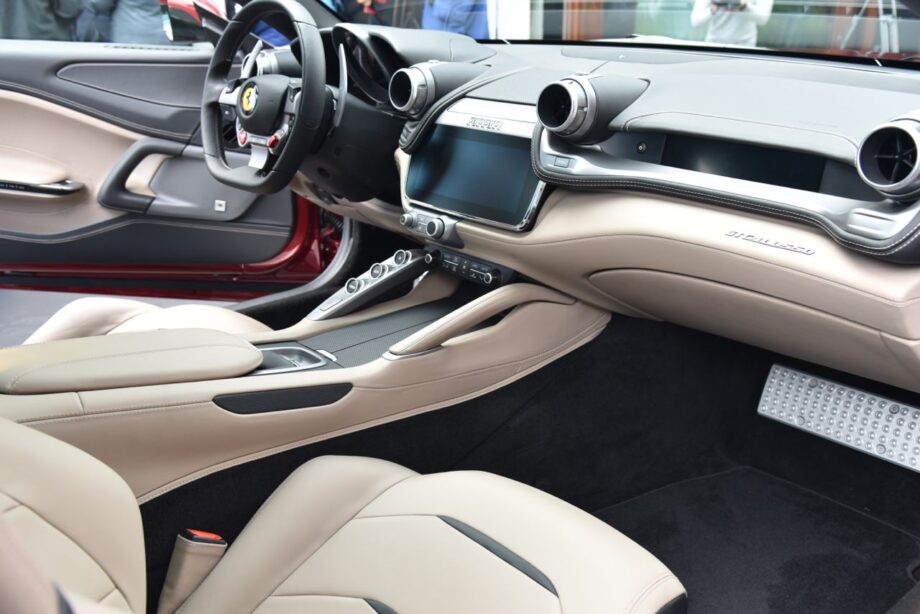 8/11
8/11
 9/11
9/11
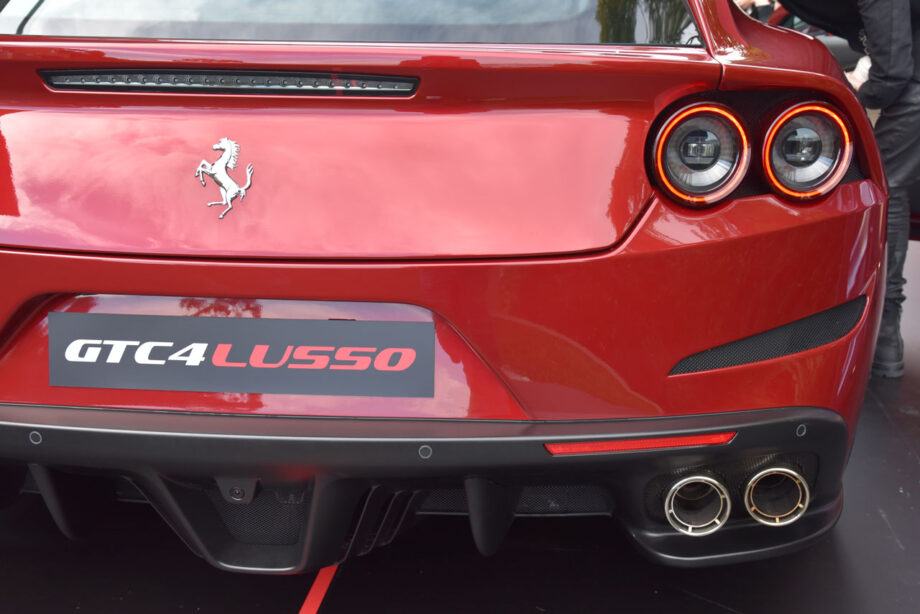 10/11
10/11
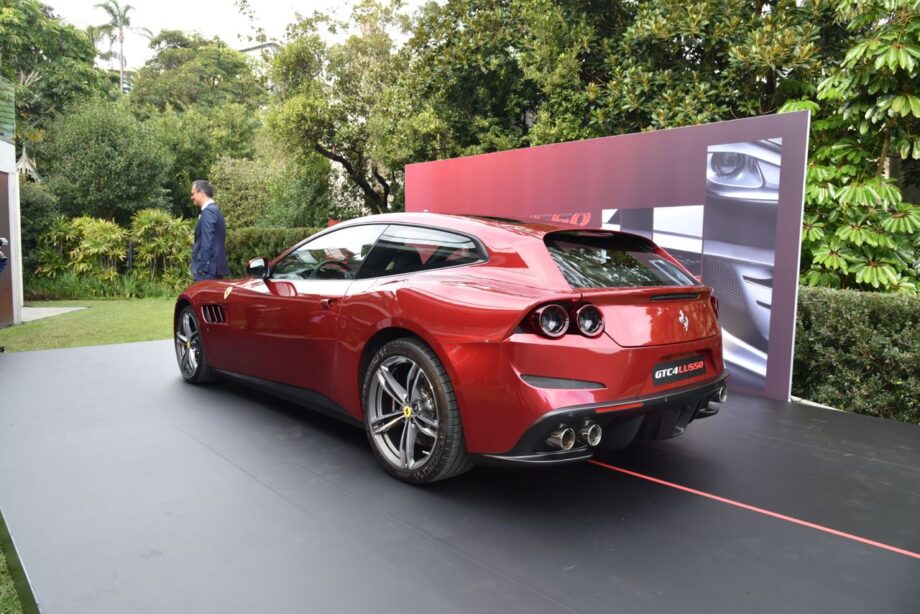 11/11
11/11
